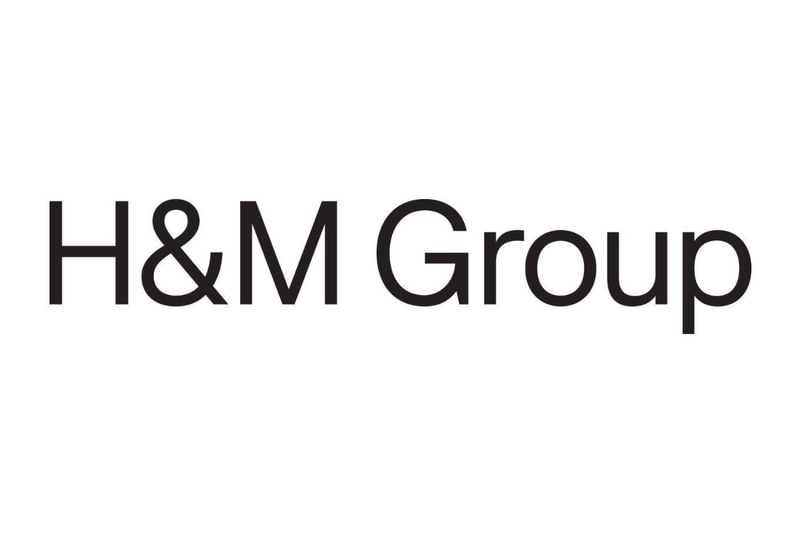
Supplier Engagement Case Study - H&M Group
H&M Group is a global fashion and design company, present in 79 markets worldwide. Read on to discover more about H&M Group’s steps to decarbonize its supply chain and how the company supports its suppliers to reduce emissions.
As part of its decarbonization efforts to reach net-zero across its value chain by 2040, H&M Group has been engaging its suppliers to set emissions reduction targets and contribute to its supplier engagement program since 2016. Its model of local engagement with suppliers, along with the financial assistance it provides to help suppliers meet emissions reduction targets, has helped accelerate progress. Its efforts set an example for the apparel and footwear sector as a whole, and highlight how other industry-players can cut supply chain emissions.
What is H&M Group’s supplier engagement target?
H&M Group commits to reduce absolute scope 3 GHG emissions 56% by FY2030 from a FY2019 base year. Although H&M Group does not have a supplier engagement target, its supplier engagement program supports the delivery of this absolute scope 3 target.
How does H&M Group work with suppliers to reach its targets?
Suppliers are asked to commit to carbon reduction targets and submit roadmaps detailing how they will achieve these targets, which are then reviewed and validated by H&M Group’s sustainability team. H&M Group sets internal targets for each country to account for country-level barriers to decarbonization.
H&M Group supports suppliers with sourcing renewable electricity (e.g. choice of Energy Attribute Certificate scheme to support claims) and explores how to make it more readily available to suppliers. The company takes an active role in developing new renewable energy infrastructure in production markets on the back of power purchase agreements for its European operations, which amount to 200MW of renewable electricity (with an indicative annual output of 300GWh).
In many countries suppliers face obstacles to procure renewable electricity, such as scarcity due to market barriers and insufficient infrastructure. In its advocacy work, H&M Group works with governments in its production markets to raise awareness that access to renewable electricity will become a fundamental competitive advantage over the next few years, and urges them to take the necessary steps for reforming the energy markets. H&M Group also advocates with European and international institutions to help provide the financing and technical assistance needed to increase access to renewable energy.
H&M Group meets with suppliers individually each year to communicate sustainability requirements. The main groups supporting suppliers are the procurement team, who act as the primary point of contact with suppliers, and local sustainability teams, which communicate H&M Group’s regional sustainability requirements.
H&M Group reviews suppliers’ targets in-house to ensure that they are in line with H&M Group’s own scope 3 targets. Suppliers are encouraged, but not required, to set science-based targets. H&M Group offers training sessions to help suppliers set science-based targets.
How does H&M Group enable and track supplier performance?
An in-house team of energy experts offers free audits to identify energy saving measures to increase energy efficiency in the factories working with H&M Group. Using in-house experts reduces costs, compared to the use of external consultants, and builds expertise that H&M Group can share with its suppliers.
In addition, H&M Group’s Green Fashion Initiative offers supply chain factories funding for investment in technologies and processes to reduce energy demand and replace fossil fuels.
H&M Group has a diversified supply chain in most regions, allowing them the choice to work actively with suppliers that are working towards the company’s climate targets. Every year the sustainability team, in collaboration with the business team, reviews its suppliers’ progress and provides suggestions for improvement. That information then acts as a basis for future buying decisions.
How does H&M Group monitor and report its target progress?
H&M Group collects data from suppliers monthly, which details energy consumption by source (e.g. electricity bills). This data is then verified every quarter by a third-party.
Looking to improve, H&M Group regularly discusses potential roadblocks and ways to address them with stakeholders. The company is streamlining communication with its suppliers and empowers its employees to advocate for and implement process changes as necessary.
This case study is an example provided by the company and does not constitute endorsement from the SBTi.



